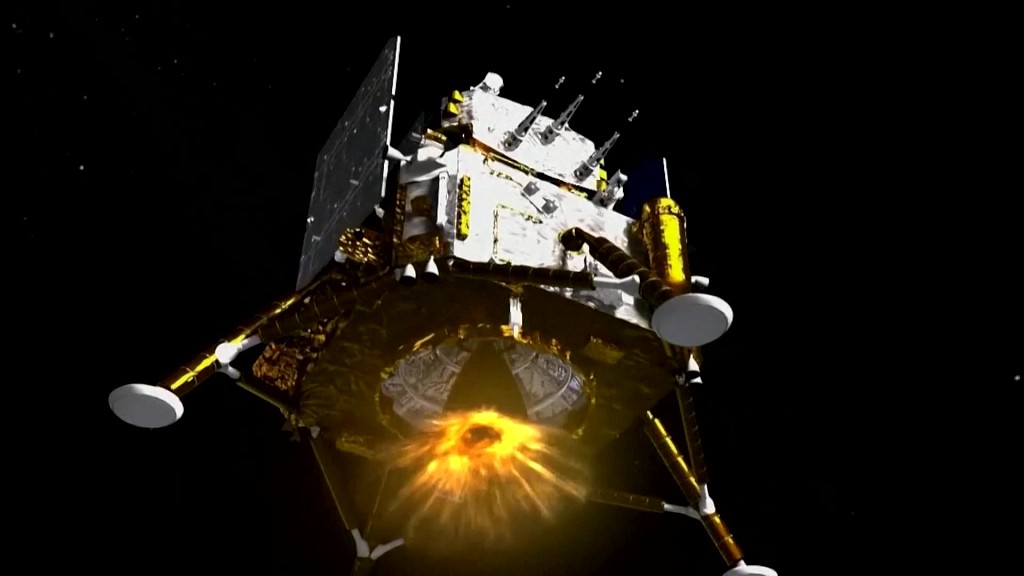BEIJING: China’s upcoming lunar mission has garnered global attention for more reasons than one. The Chang’e 6 robotic probe will not only make an ambitious and unprecedented attempt to collect samples from the lunar far side, it will also carry three European science payloads to the site.
The mission holds great significance because the new samples will enable scientists to study and better understand the history and the physics of the moon.
According to the China National Space Administration, the three foreign science payloads include a radon measuring instrument from France’s national space agency that will help study the movement of lunar dust and some volatile chemicals between the lunar regolith, a layer of unconsolidated rocky material, and the lunar exosphere.
The second foreign science payload is a passive laser retroreflector from Italy’s National Institute for Nuclear Physics that will be used as a laser range-finder for the Chang’e 6 lander.
The third payload, developed by the Swedish Institute of Space Physics with support from the European Space Agency, will be the first-ever dedicated negative ion instrument flown beyond Earth. It will seek to detect negative ions emitted from the lunar surface as a result of interaction with solar wind.
More than 20 proposals from foreign space agencies and research organizations contested for the golden opportunity to join the Chang’e 6 mission and touch down on the moon’s little-known far side, which has so far been the subject of scientific speculation and wild imagination. The three from France, Italy and Sweden emerged as winners.
Yang Yuguang, a senior space industry observer and vice-chair of the International Astronautical Federation’s Space Transportation Committee, said that opening a nation’s spacecraft to other nations’ science payloads has become a common practice among space powers because international cooperation can maximize a mission’s scientific value.
“An opportunity to put your science devices on a spacecraft, especially a historic one like the Chang’e 6, is always enthusiastically sought by scientists around the world,” he said.
China and Europe have engaged in space industry cooperation for many years, and such collaborative projects have brought benefits to both sides, Yang said, citing the successful cooperation in data relay during China’s Tianwen 1 Mars mission. Wang Yanan, chief editor of Aerospace Knowledge magazine, said the Chang’e 6 mission will offer European scientists the first chance to deploy their instruments on the lunar far side, which will be a landmark moment for the planetary research community in Europe. –The Daily Mail-China Daily news exchange item





